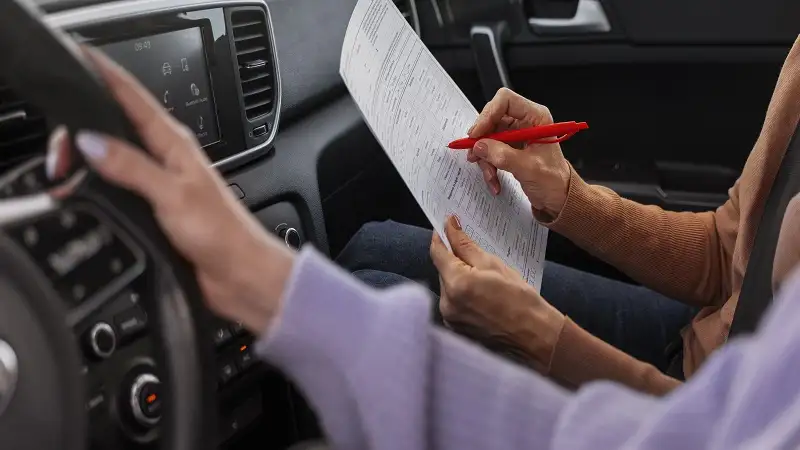As exciting as the task of transporting a vehicle may be, it can also be daunting. Yet, it can be as easy as pie with the right guidance. Whether you are moving across the country or are getting a new car delivered, getting it shipped the right way matters. This post explores a basic checklist to help get your vehicle to its destination with expertise. Following these steps makes it a manageable and stress-free process without delays and frustration.
Research Transport Companies
Before getting started in your search for different transport services, there are some points to remember. Whether you’re looking for Florida Car Shipping or something else, start by looking for someone with a good history and reputable reviews. Customer feedback and reviews can provide many crucial clues about their reliability. Check whether the company is licensed and insured. You should also compare quotes from several providers to land on the best deal possible.
Choose the Right Shipping Method
There are two main ways to transport a car: open or enclosed carriers. Open carriers are common and tend to be more cost-effective; however, they do expose the automobile to the elements. Enclosed carriers are more protective and ideal for classic or luxury cars. Your choice will depend on your vehicle’s needs and budget.
Schedule the Shipping Date
After choosing a transport company, arrange the date of shipment. A limited number of slots are available every weekday, so it is best to reserve early to get the time you want. Be mindful to build some buffer time if things change or take longer than expected. Double-check the pickup and delivery locations with the transport company.
Prepare Your Vehicle
The car needs to be prepped before being handed over. Preparing starts with tidying up inside and out. This also allows you to identify any prior damage. Take photos for documentation purposes. Clear any personal items to prevent any problems passing through the transit point. Get the fuel tank down to just above a quarter to save some weight.
Check for Mechanical Issues
A thorough mechanical check is vital before shipping. Make sure the battery is charged and all four tires are properly inflated. Check for leaks or mechanical issues. Taking care of these in advance avoids problems when shipping your goods.
Secure Necessary Documentation
Gather all documentation regarding the vehicle. These typically include registration, insurance, and permits needed to move it. Preparing these documents helps ensure a seamless process. It is also best to retain duplicates of anything for records.
Understand Insurance Coverage
Review the insurance coverage offered by the transit company. It’s important to know what is included during transport. Speak with your insurance agent if you need more coverage. That additional layer of security brings peace of mind.
Communicate With the Transport Company
Keeping in touch with the transport company is of utmost importance. Give them all the contact information they will need. This enables them to keep you in the loop with the progress and any alterations to it. Good communication results in less confusion, resulting in a seamless experience.
Inspect Upon Arrival
Once the vehicle arrives at its destination, you should check it. Note its condition and the photos taken before it was packaged for shipping. Check for any damage or new broken parts. If your inspection detects any difference from theirs, please immediately complain to the sending company. By tackling concerns early, you can tend to any unwanted issues before they get out of hand.
Feedback and Reviews
Once the process is complete, why not leave a review? Someone else reading this will surely gain insight that assists them in making a decision, so sharing is essential. Negative reviews can support the drive for improvement, but only as long as they are constructive, while good reviews can help the best companies.
Wrapping Up
Proper preparation can make shipping a car relatively simple. This checklist helps make the transport successful and stress-free. Each step, from researching companies to inspecting the vehicle once it arrives, carries weight. Strategic planning allows the journey to be smooth and time-efficient.

